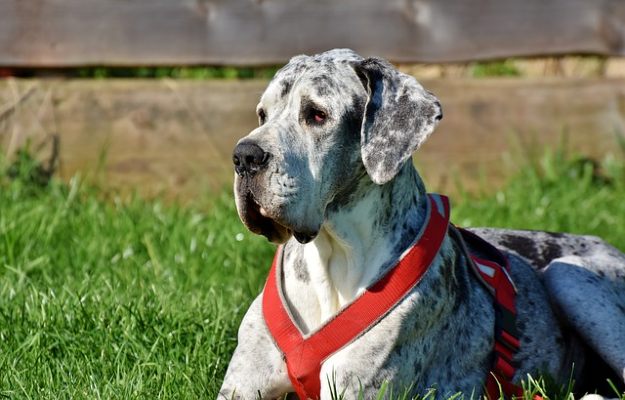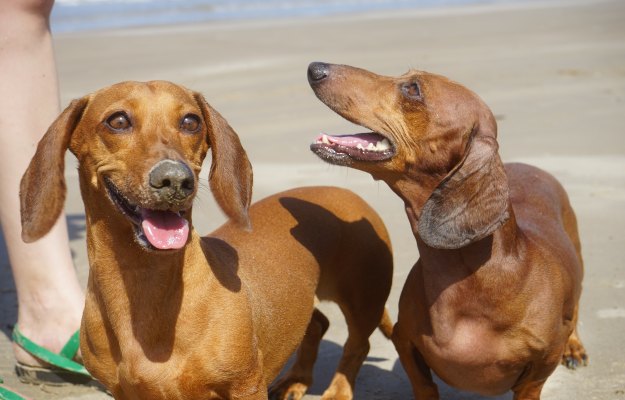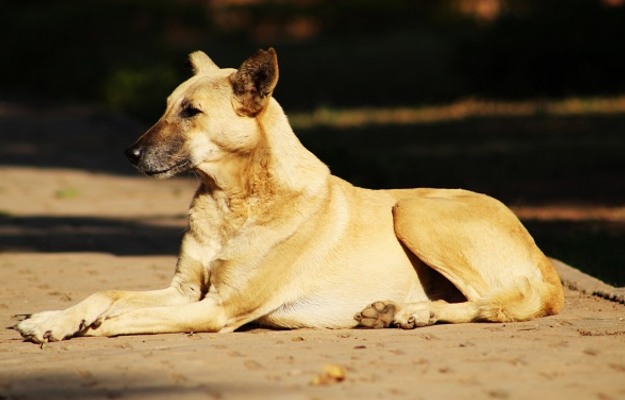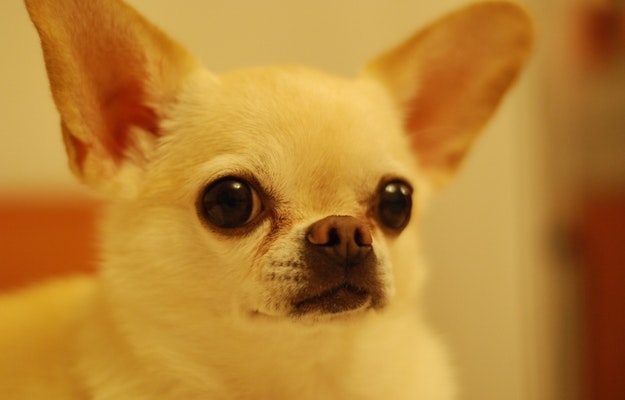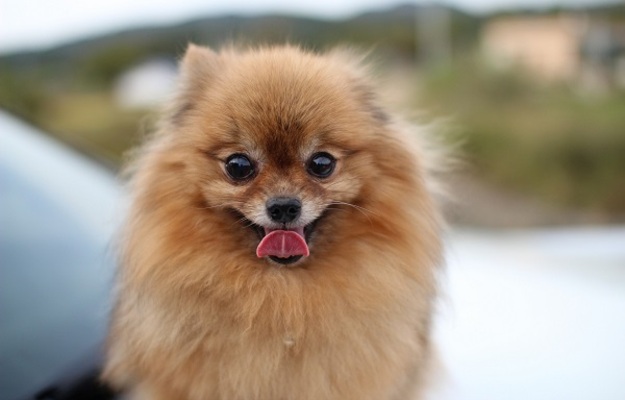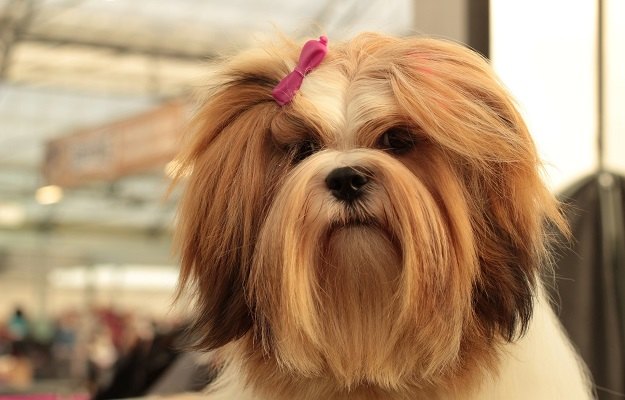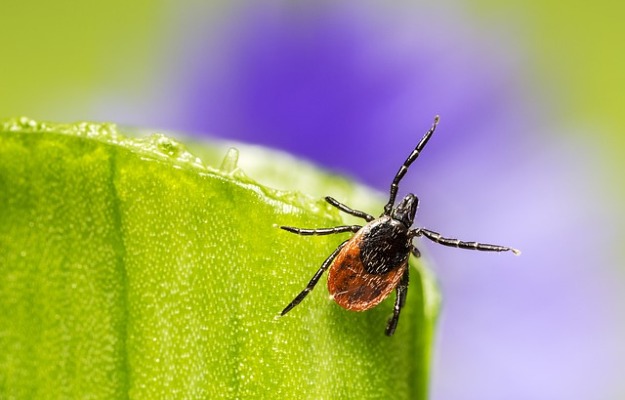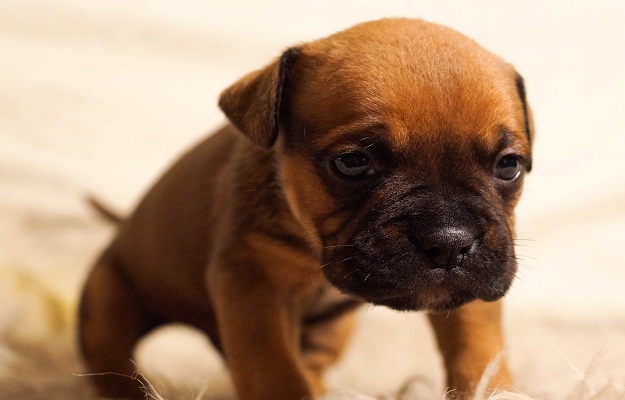Most dog lovers will tell you that getting a dog home changed their lives. Canines are great companions: they spread joy and innocence in households, their love is unconditional and studies are now showing that they have certain health benefits for humans, too - humans respond to their pets with a lowered heart rate and lower levels of stress.
If you wish to adopt a dog for these reasons and more, then the first thing to consider is what kind of dog would be the right fit for your home and lifestyle. Dogs vary in size, personality and needs, and it is up to you to make sure it is the right fit for you.
The first point to consider is your home: how much room do you have to let the dog run around? Do you live with older people or young kids? Further, how much time can you dedicate to looking after your dog? Does your community allow dogs, or does it place restrictions on certain kinds of dogs?
It is also up to you to figure out what kind of dog temperament works for you. While every dog is an individual, pedigreed dogs are bred to have certain traits: some are better guard dogs, some are more active than others, some are gentler than others, and so on.
Equally important is your vet or breeder. Since we don’t have robust laws looking out for inhumane breeding practices, it is up to you to research reputable breeders who have a history of ethical behaviour. Endorsements by friends are usually accurate and a good place to start. If you are adopting a dog through a veterinary doctor or trusted breeder or friend, try to get a medical history for your pet's dog parents.
Before adopting a dog, make sure you get a complete idea of any conditions the breed is predisposed to so you can remain vigilant. If you are adopting a dog who is older than two or three months, get a copy of his or her deworming and vaccination records so far.
Going back to the first step of picking the right dog, read on know about the most popular dog breeds in India. We have grouped them by size to make the choice somewhat easier. There is also information on the temperament, house training, hair shedding and maintenance, and special considerations for each of these 20 breeds.




